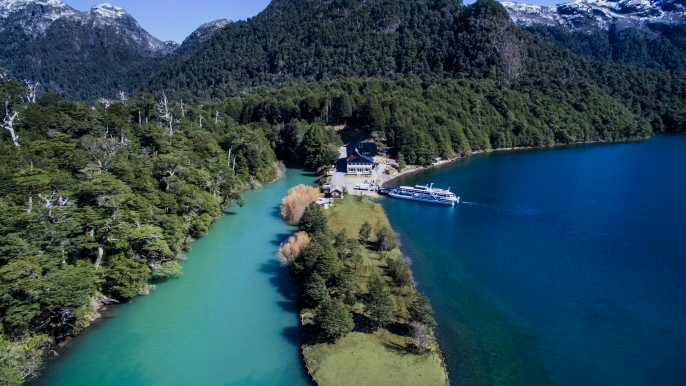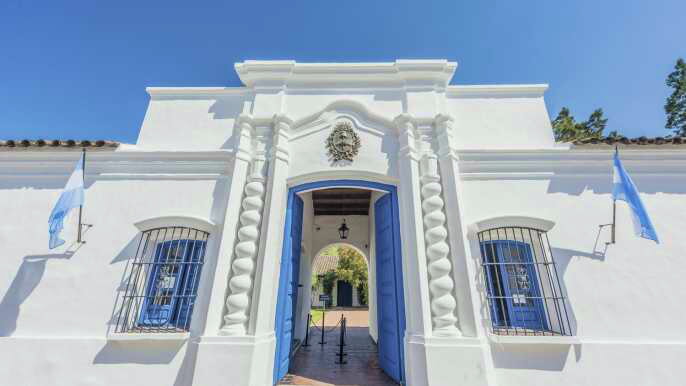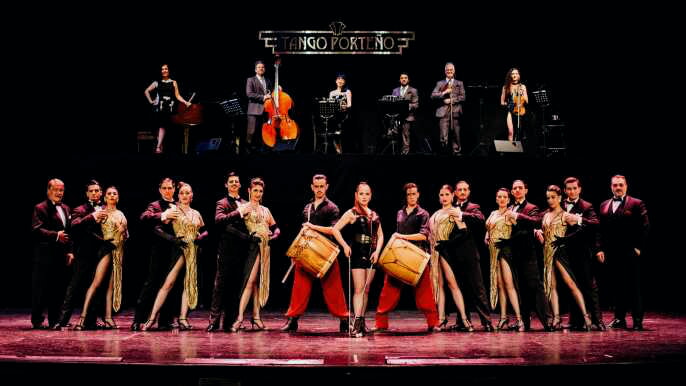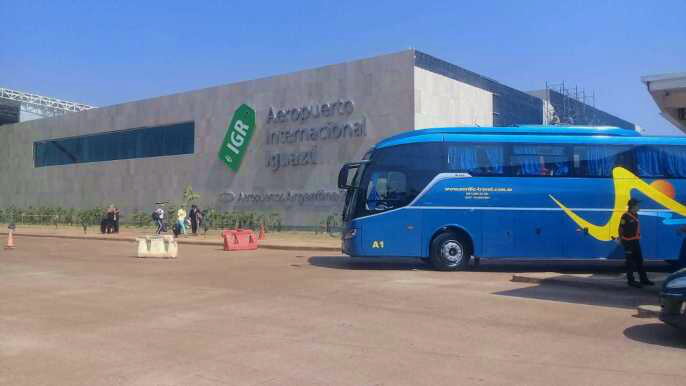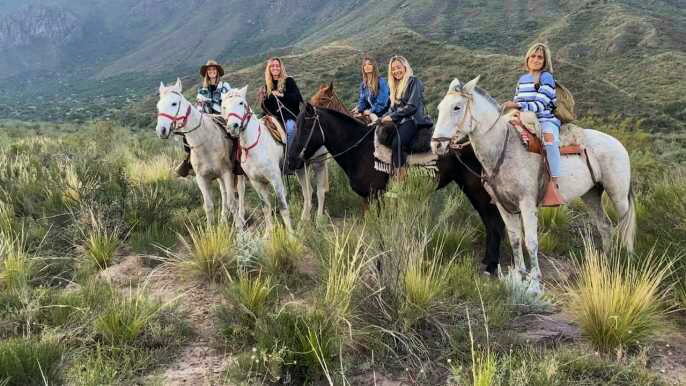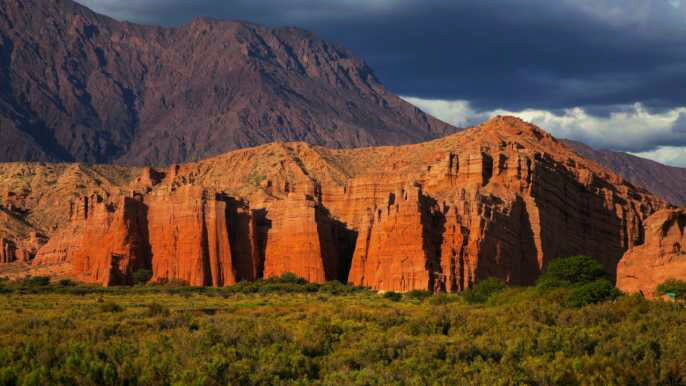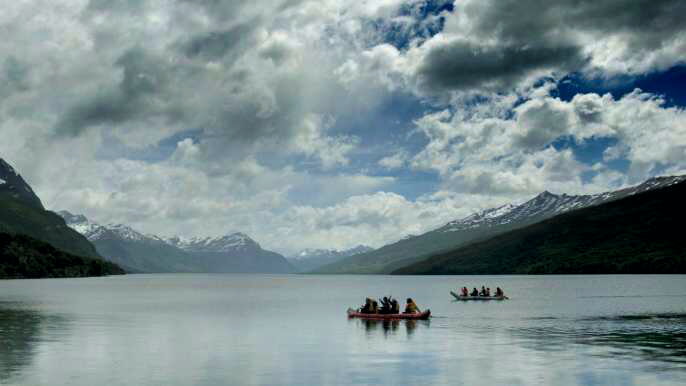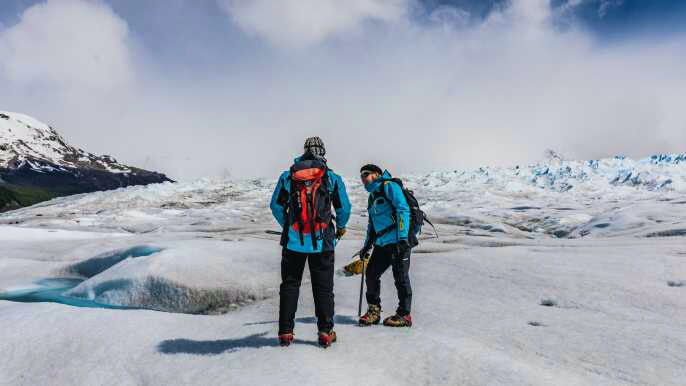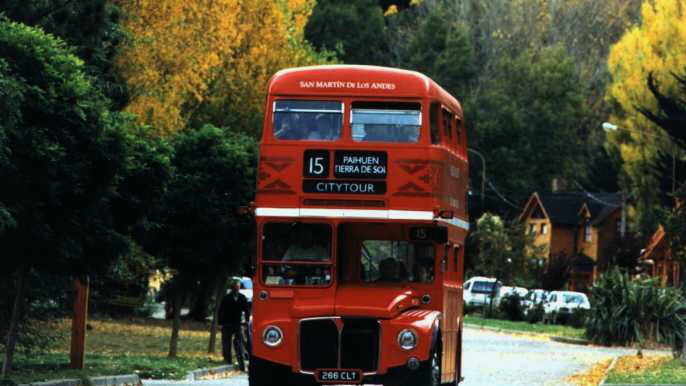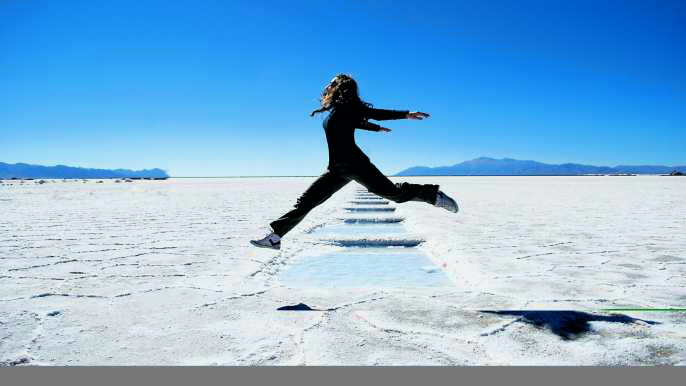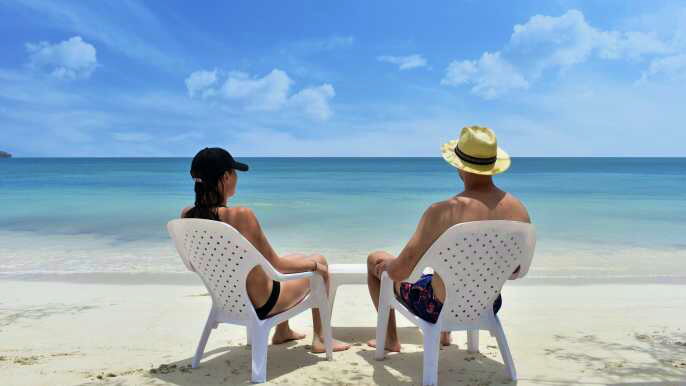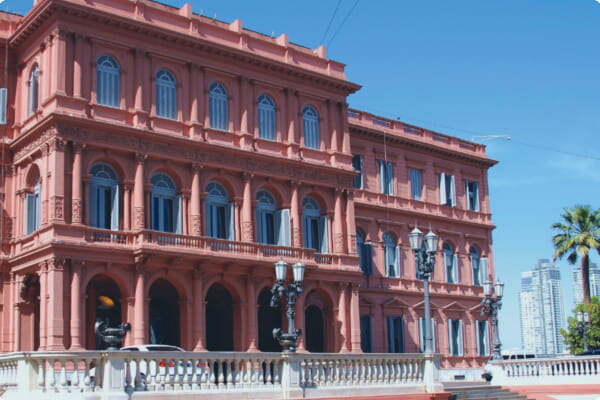Whether you're looking for an exciting new adventure or a relaxing holiday, Argentina has many beautiful cities that you can choose from. The country is full of history and culture, and there's something for everyone to enjoy.
Buenos Aires
Buenos Aires, the capital of Argentina, is one of the most popular cities in the world. It is also known as "Paris of the South" because of its elegant and cosmopolitan atmosphere. It is a city of fine arts, culture, food, and nightlife. It is also a great place to visit during the summer.
Buenos Aires is the political, economic, and cultural center of Argentina. It is located on the northeastern edge of the Pampas. It is at the point where the Parana River delta widens and becomes the Rio de la Plata estuary. It is also home to numerous small rivers that flow through the periphery of the city.
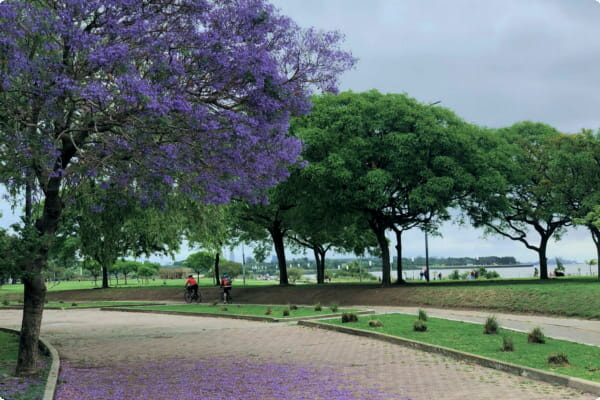
The city is divided into several distinct neighbourhoods. The most important structures in the city are located in the San Telmo neighbourhood.
Buenos Aires has an abundance of museums and art galleries. It is home to the country's oldest university, the Universidad Nacional de Cordoba. The city is also known for its Spanish colonial architecture.
The city is also home to the largest synagogue in Argentina, the Templo Israel. The synagogue is a reminder of the country's large Jewish population.
Buenos Aires is a city of wide boulevards, old buildings, and modern skyscrapers. The city's downtown is the hub of cafe-going and shopping. The city also has a bustling nightlife and a great variety of restaurants.
Mar del Plata
Located on the Atlantic Coast, Mar del Plata is one of the most beautiful cities in Argentina. The city is known for its beaches, lively nightlife, and outstanding tourist facilities. It is the most visited city in the Buenos Aires Province. In the summer months, it welcomes millions of visitors.
Mar del Plata is located 404 kilometers south of Buenos Aires. The city has a temperate climate with a humid climate in the summer. In the winter, it has relatively cool temperatures. The city receives an average of 926 millimetres of rainfall per year.

In the 19th century, Mar del Plata became a summer resort for Buenos Aires elite. The city had European-style architecture built by upper-class tourists from Buenos Aires. In 1888, the city opened its first hotel. It was called Hotel Bristol.
In the 19th century, meat salting was an important industry in the Buenos Aires area. It remained in operation until the late 19th century. By the 1920s, the building industry had become the main non-seasonal activity of the town.
A number of museums are located in Mar del Plata. The Juan Carlos Castagnino Municipal Art Museum is located in a historic French-style manor. It features works of Argentine artists. It also has a collection of photographs from the 19th century.
Mendoza
Located near the magnificent Andes, Mendoza is one of Argentina's most scenic cities. It is also one of the country's leading wine producing regions. Aside from its wine, the city offers a variety of outdoor activities, such as trekking and horseback riding. There are also several museums and historical sites to visit.
Mendoza offers visitors the opportunity to explore wineries, enjoy outdoor activities and take part in traditional festivals. For the wine-loving crowd, it's worth visiting a local winery to taste the country's top varietals.
The city also has several museums to visit, including the National Wine Museum. This museum displays the evolution of the city and its wine industry. The museum has a number of exhibits and displays, including the world's first wine bottle and the first wine labels.
The annual Grape Harvest Festival in Mendoza is a must-attend event. It began in 1936 and attracts hundreds of thousands of visitors. The festival combines pageantry, music and folklore. A beauty queen is crowned the Vendimia (Harvest Queen) and parades through the city.
Mendoza is also known for its olive groves. The olive oil produced in the city is used in many local recipes. There are also several olive farms to visit, including Pasrai, Simone and Maguay.
Cordoba
Located in Humid Pampa, Cordoba is the second largest city in Argentina. It is the capital of the Cordoba Province. It is a major cultural center and has one of the oldest universities in South America.
Cordoba has a wide variety of museums, historic sites and theaters. One of the most famous sites is the Jesuit Block. This UNESCO World Heritage site is a group of buildings dating from the 17th century. Currently, it includes the colonial university campus and the Colegio Nacional de Monserrat.
Other attractions include Parque Espana, which has fountains and sculptures. It also has a pond and playgrounds. It is a great place to picnic. There is also the Parque Sarmiento, which is a large park with gardens and playgrounds.
The city also has a museum of natural science. There is a zoo and water parks as well. It has many theatres and cinemas. There are also many shopping malls. It has several art galleries.
Cordoba has an array of beautiful hills surrounding the city. These hills are called Sierras Cordobesas. The hills are about 550 meters high. The altitude gives Cordoba a cool breeze in the summer months.
Cordoba is also home to the National University of Cordoba, the fourth-oldest university in the Americas. It was founded by the Jesuits in 1622. The university was nationalized in 1853. It is now the second largest university in Argentina.
Arequipa
Among Arequipa's attractions are the city's cathedral, Santa Catalina monastery, and the famous Colca Canyon. The city was founded in 1540 and is known for its colonial splendor. Its buildings are built from sillar, a white volcanic rock.
Arequipa's main square, Plaza de Armas, is the cultural heart of the city. It is surrounded by beautiful buildings that are constructed of sillar. You can get a great view of the city from the Mirador.
Arequipa's Cathedral is a masterpiece of architecture, constructed of volcanic rock. It is also a UNESCO World Heritage Site. You can get a guided tour of the cathedral for ten soles. You can also pay a visit to the museum inside. This museum features contemporary and traditional artwork.
Arequipa is also home to a museum that features the works of a variety of artists. This museum is located in a restored casona. The museum is open Monday through Saturday.
Arequipa's Santa Catalina monastery was originally built as a cloister for Dominican monks. The convent is still in operation and is a beautiful place to visit. Its buildings are constructed of sillar and painted in bright ochres. The convent also features a garden. You can also take a multilingual tour.
Capilla del Senor
Located about 80km north of Buenos Aires, Capilla del Senor is a small town with a quaint main square. It has a history and a culture that makes it one of the most beautiful cities in Argentina. There are a variety of hotels, restaurants and cafes, which are a great way to make a trip to Capilla del Senor a memorable one.
Temperatures in Capilla del Senor average about 42degF in the winter, and 55degF in the summer. Capilla del Senor experiences significant seasonal variation in monthly rainfall. The rainiest month of the year is February, with an average of 9.8 days of rain. The driest month is July, with an average of 5.2 days with at least 0.04 inches of rain.
The UV-Index in Capilla del Senor is 12 percent. The highest sun angle is at 5:37 AM on December 5. The shortest day is June 21 with 9 hours and 52 minutes of sunlight. The sun rises at 8:38 AM and sets at 11:04 PM. The UV-Index is raised to 13 percent.
The average water temperature in Capilla del Senor is about 70degF. The water temperature varies mildly over the year. Capilla del Senor has an average of 52% overcast days.
Neuquen
Located in the Alto Valle region, Neuquen, Argentina is a city with a diverse cultural life. It is a hub of trade and commerce and is the capital of the entire region. The city has many cultural and recreational attractions and is known for its lively nightlife. The city also acts as a gateway to Patagonia.
Neuquen has a number of museums. The Doctor Gregorio Alvarez Municipal History Museum is located in the Central Park. There is also an Astronomical Observatory where visitors can view the stars and the solar system.
The city is also home to one of Argentina's largest art schools. In addition, there are several universities and several theaters. The city has a pleasant riverside park with irrigation channels.
The city's airport is the Presidente Peron Airport. It serves regular flights to Buenos Aires and Ushuaia. The city's bus terminal is the Confluencia bus station. It has been serving as a transportation hub for more than 100 years.
The city is located on the Neuquen river and is protected from the worst storms of the Patagonian meseta. It has a cool to cold climate, but there are few rainy days. There are plenty of summer activities to keep visitors busy.


